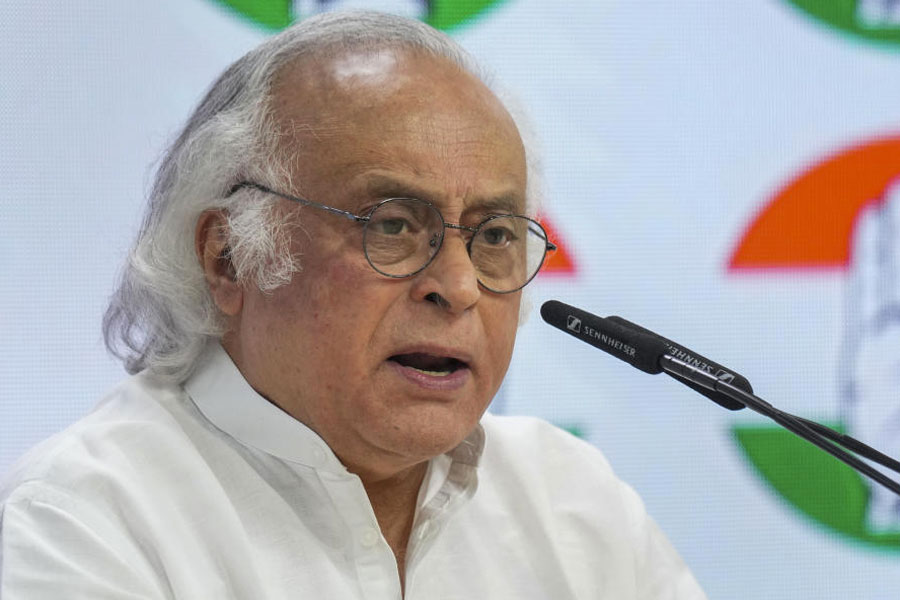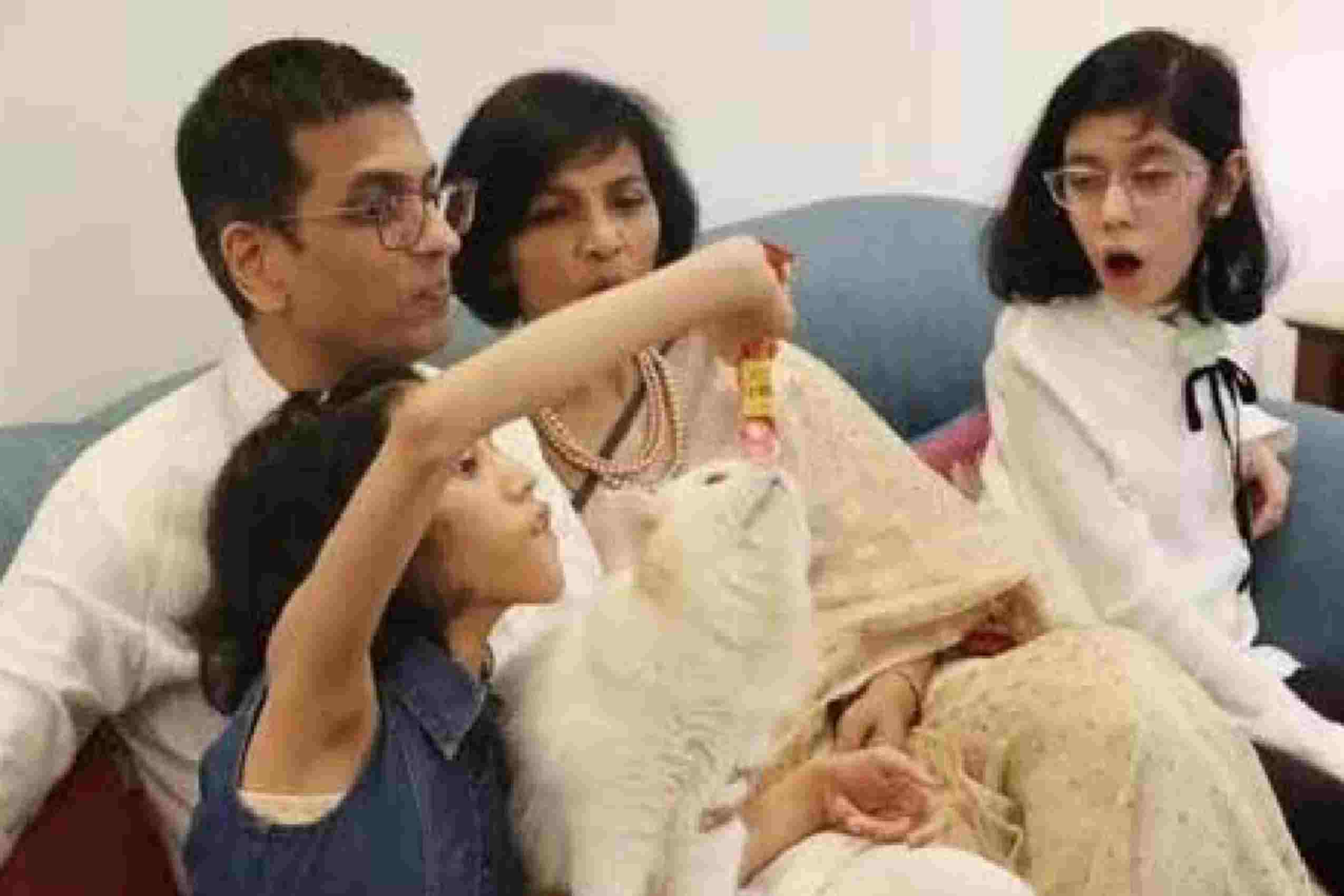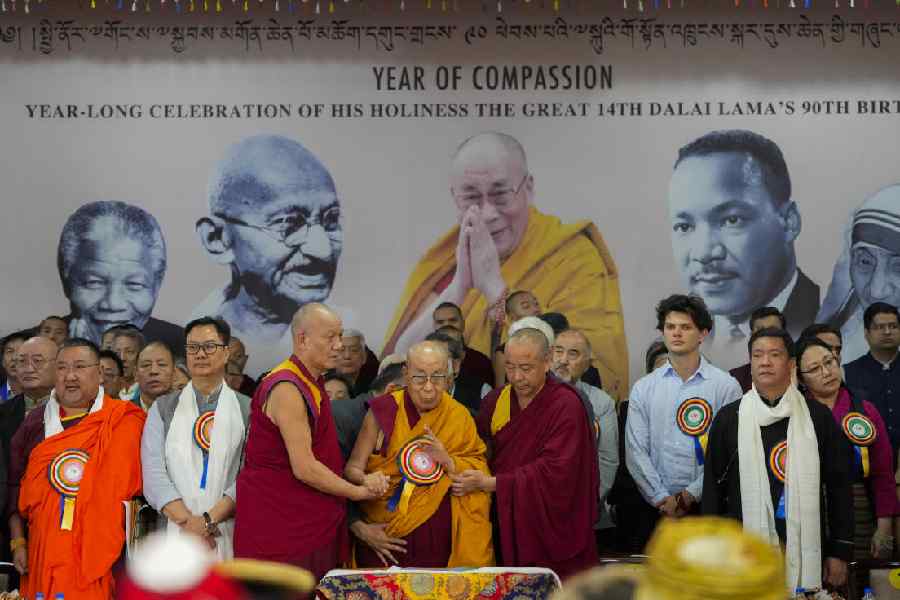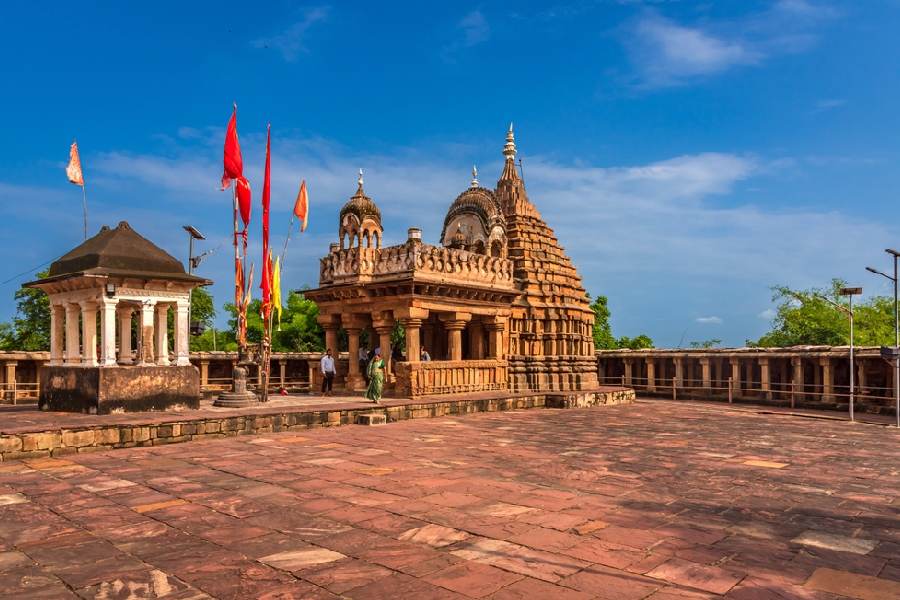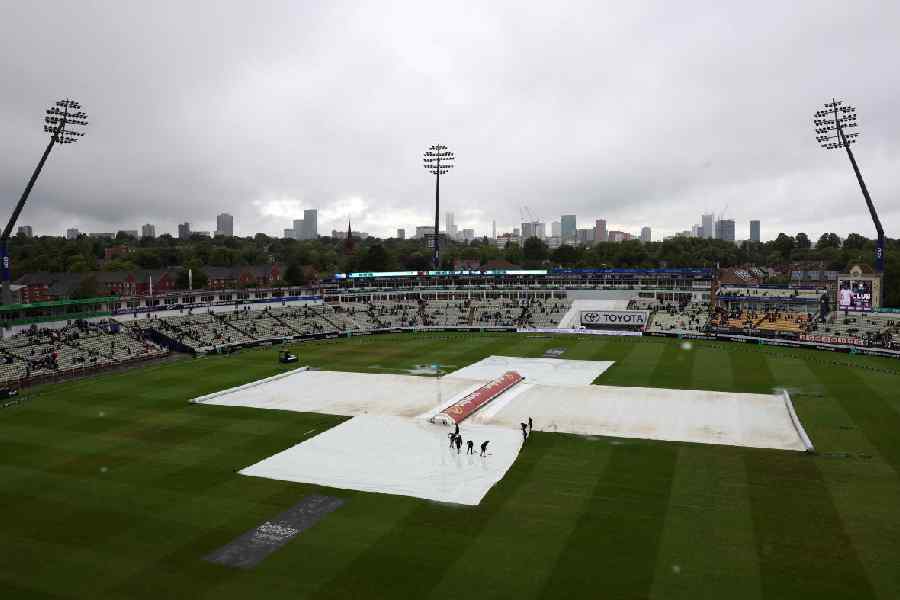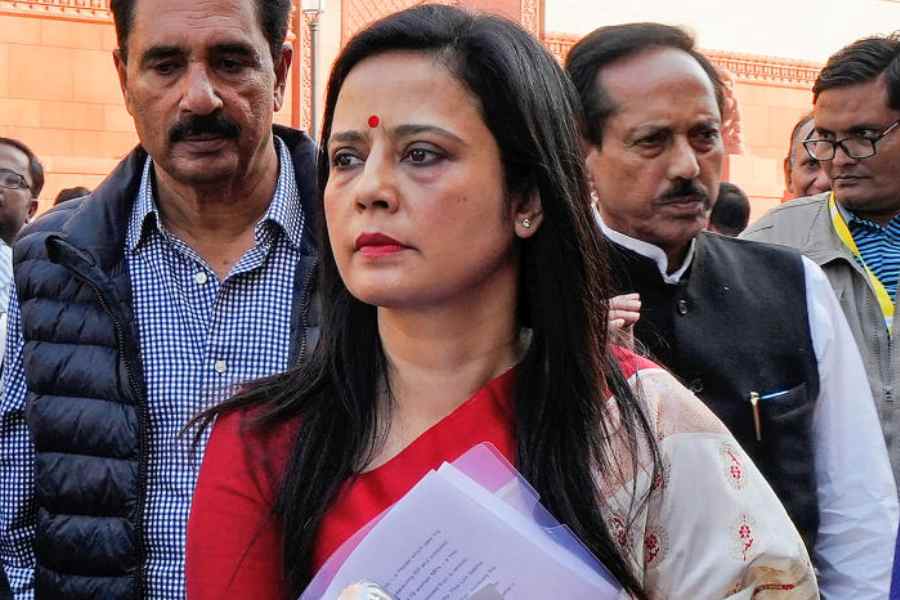
Patna, May 6: Bihar chief minister Nitish Kumar today proposed the formation of a BPL (below poverty line) commission to Niti Aayog vice-chairman Arvind Panagariya, asserting its necessity in deciding the criteria for identification of the poor.
Nitish pitched the idea at a closed-door regional consultation meeting on eliminating poverty, creating jobs and strengthening social programmes chaired by Panagariya in the state capital.
Advisers Ashok Jain and Savita Sharma accompanied the Niti Aayog vice-chairman, while representatives from governments of Bihar, Bengal, Chhattisgarh, Jharkhand, Madhya Pradesh, Odisha and Uttar Pradesh took part in it. Rural development secretary Arvind Kumar Chaudhary said: "The chief minister said a BPL commission on the lines of Election Commission should be formed to fix the standards to identify the poor, to decide on the criteria for making the list of people who fall under the BPL category and to make policies for themHe said it should take into consideration various situations, circumstances, economic development and requirements faced by different states. "Indira Awas Yojana, Mahatma Gandhi National Rural Employee Guarantee Act (MNREGA) and National Food Security Act (NFSA) have helped much in efforts to remove poverty and attention should be paid to these schemes. Our state has been at the forefront of implementing NFSA. MNREGA has been helpful in cutting down migration of labour from Bihar," Nitish said at the Niti Aayog meeting. Nitish shared his experiences on poverty and working for its alleviation in the state and advocated direct cash transfers to the beneficiaries of government-sponsored schemes. He gave example of the bicycle scheme he launched for high schools girls and boys, which has proved highly successful owing to cash transfer to the bank accounts of parents or guardians of students. It has also helped in keeping the scheme free of corruption to the maximum extent. Nitish's suggestions are significant, as central government data puts BPL population at around 34 per cent of the state's total 11 crore population. It is over eight per cent more than the national average of BPL population of 25.7 per cent. However, the figures have been constantly contested by state governments and private agencies, which say that the percentage of BPL population could be more.


